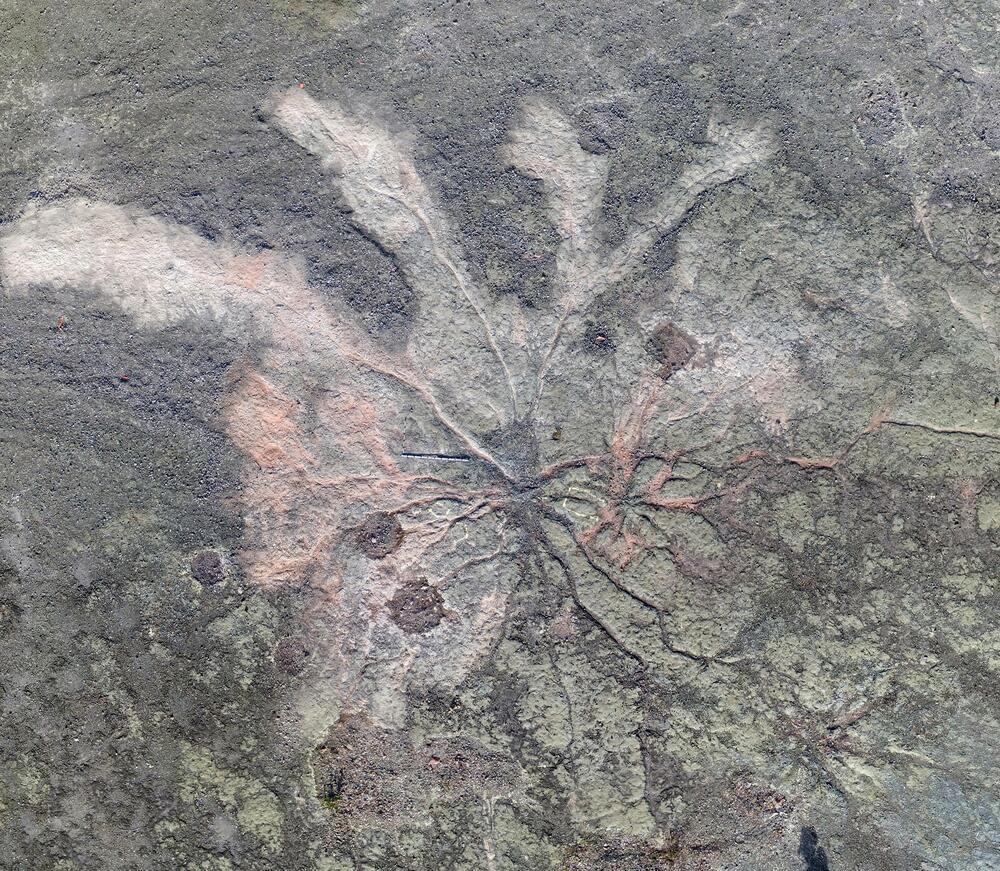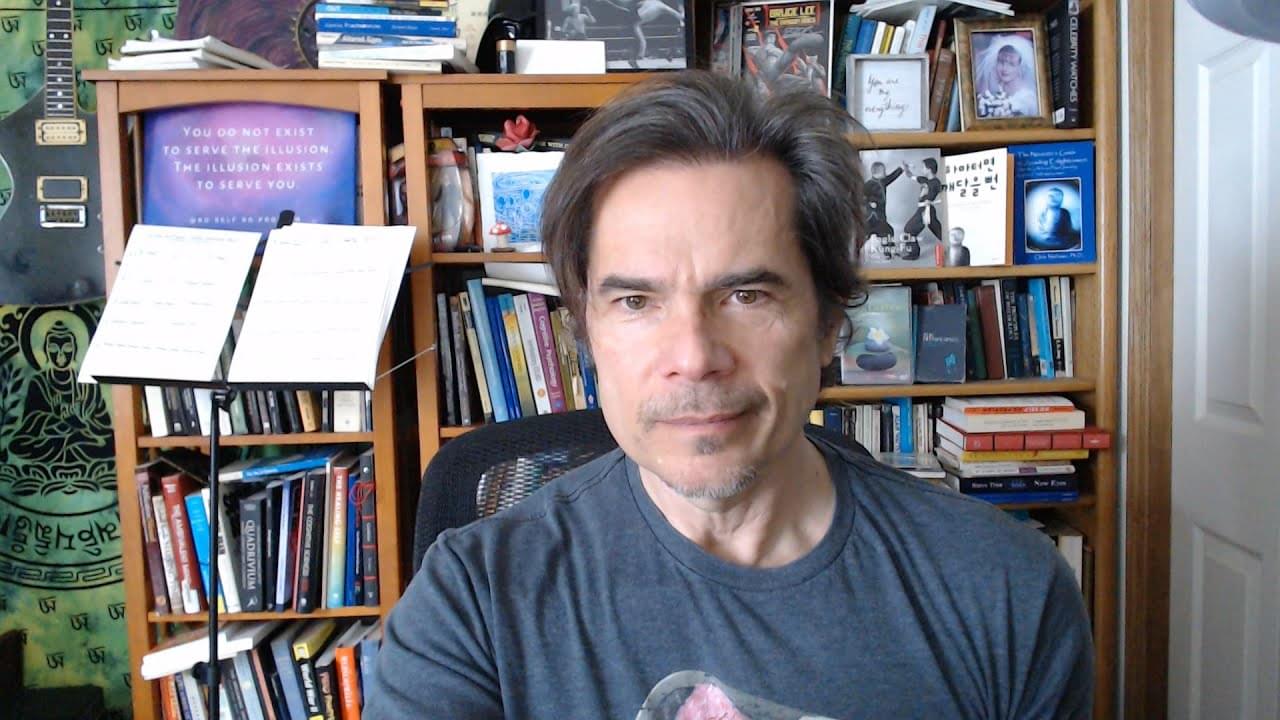Dec 4, 2023
The World’s Oldest Forest Has 385-Million-Year-Old Tree Roots
Posted by Ron Gowans-Savage in category: futurism
A trove of arboreal fossils pushes back the origin of modern forests and sophisticated tree roots.

A trove of arboreal fossils pushes back the origin of modern forests and sophisticated tree roots.

Elon Musk discusses the progress and challenges of Tesla’s full self-driving technology, expressing less optimism about its timeline but recognizing its potential value and impact on the future of transportation.
Questions to spark discussion.
Continue reading “Elon Musk’s Latest Update on Tesla’s Full Self-Driving Tech” »
Panelists include Albert Marinez, chief analytics officer at the Cleveland Clinic; Tatyana Fedotova, director, global data, platforms and partnerships, at Johnson & Johnson; and Christopher Larkin, chief technology officer at Concord Technologies.
Panelists will reveal the most critical questions to ask and decisions to be made at each phase of the AI journey, from build versus buy and tool selection to ensuring AI investments are targeted for maximum impact, and much more.
More stable clocks could measure quantum phenomena, including the presence of dark matter.
A new MIT study finds that even if all noise from the outside world is eliminated, the stability of clocks, laser beams, and other oscillators would still be vulnerable to quantum mechanical effects.
Clocks, lasers, and other oscillators could be tuned to super-quantum precision, allowing researchers to track infinitesimally small differences in time, according to a new MIT study.

In this video, I discuss the famous “hard problem” of consciousness and why it is only a problem from the perspective of the thinking mind.
An international research team led by quantum physicist Markus Arndt (University of Vienna) has achieved a breakthrough in the detection of protein ions: Due to their high energy sensitivity, superconducting nanowire detectors achieve almost 100% quantum efficiency and exceed the detection efficiency of conventional ion detectors at low energies by a factor of up to a 1,000.
In contrast to conventional detectors, they can also distinguish macromolecules by their impact energy. This allows for more sensitive detection of proteins and it provides additional information in mass spectrometry.
Researchers have found that some pathogens can use physical force to enter and survive inside cells, bypassing the immune system. This could lead to new ways of fighting intracellular infections.
Dr_Microbe/iStock.
Toxoplasma as intracellular pathogen.
Continue reading “Pathogens use force to bypass the immune system, new research says” »
A recent study published in the Journal of Geophysical Research: Solid Earth sheds new light on the formation of the East Coast of the United States—a “passive margin,” in geologic terms—during the breakup of the supercontinent Pangea and the opening of the Atlantic Ocean around 230 million years ago.
In geology, passive margins are “quiet” areas, locations with minimal faulting or magmatism, where land meets the ocean. Understanding their formation is crucial for many reasons, including that they are stable regions where hydrocarbon resources are extracted and that their sedimentary archive preserves our planet’s climate history as far back as millions of years.
The study, co-authored by scientists from the University of New Mexico, SMU seismologist Maria Beatrice Magnani, and scientists from Northern Arizona University and USC, explores the structure of rocks and the amount of magma-derived rocks along the East Coast and how they change along the margin, which may be tied to how the continent was pulled apart when Pangea fragmented. This event may have also influenced the structure of the Mid-Atlantic Ridge, a vast underwater mountain system running down the center of the Atlantic Ocean.
The universe is expanding. How fast it does so is described by the so-called Hubble-Lemaitre constant. But there is a dispute about how big this constant actually is: Different measurement methods provide contradictory values.
This so-called “Hubble tension” poses a puzzle for cosmologists. Researchers from the Universities of Bonn and St. Andrews are now proposing a new solution: Using an alternative theory of gravity, the discrepancy in the measured values can be easily explained—the Hubble tension disappears. The study has now been published in the Monthly Notices of the Royal Astronomical Society (MNRAS).
The expansion of the universe causes the galaxies to move away from each other. The speed at which they do this is proportional to the distance between them. For instance, if galaxy A is twice as far away from Earth as galaxy B, its distance from us also grows twice as fast. The US astronomer Edwin Hubble was one of the first to recognize this connection.
Micrometeorites originating from icy celestial bodies in the outer solar system may be responsible for transporting nitrogen to the near-Earth region in the early days of our solar system. That discovery was published in Nature Astronomy by an international team of researchers, including University of Hawai’i at Mānoa scientists, led by Kyoto University.
Nitrogen compounds, such as ammonium salts, are abundant in material born in regions far from the sun, but evidence of their transport to Earth’s orbital region had been poorly understood.
“Our recent findings suggest the possibility that a greater amount of nitrogen compounds than previously recognized was transported near Earth, potentially serving as building blocks for life on our planet,” says Hope Ishii, study co-author and affiliate faculty at the Hawai’i Institute of Geophysics and Planetology in the UH Mānoa School of Ocean and Earth Science and Technology (SOEST).
